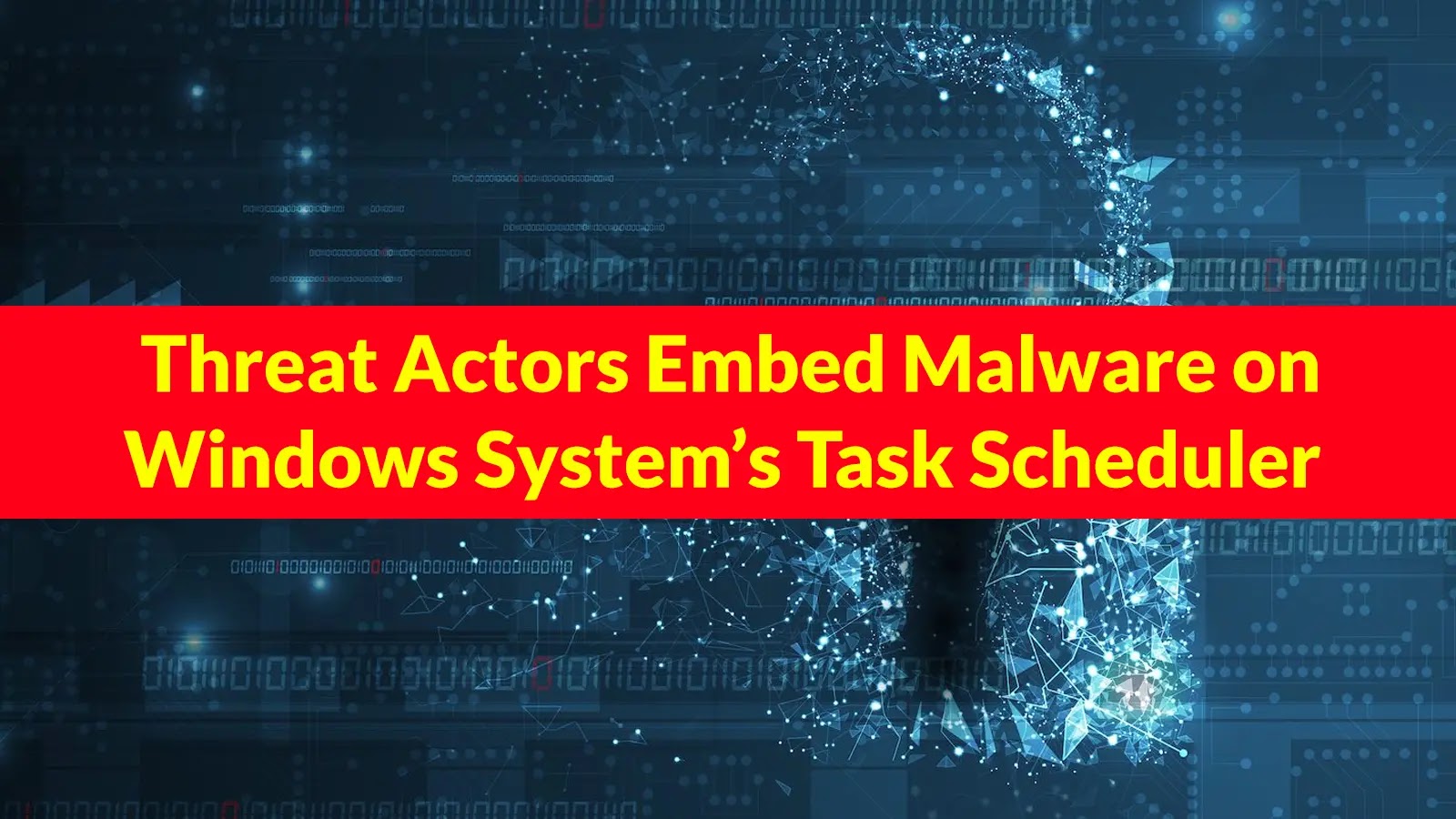The Silent Invasion: How Malware Lives in Your System Undetected
We’ve all heard about computer viruses, but modern cyber threats are far more sophisticated. Security researchers recently uncovered a disturbing trend – hackers are now using Windows’ own Task Scheduler to keep malware running indefinitely on infected machines.
This isn’t some theoretical threat. Real-world attacks targeting Middle Eastern infrastructure have already employed this technique. The malware doesn’t just infect systems – it moves in permanently, hiding in plain sight while maintaining backdoor access for attackers.
Anatomy of an Advanced Attack
1. The Perfect Camouflage
The malware disguises itself as conhost.exe, a legitimate Windows process responsible for console window handling. This clever trick allows it to bypass basic security checks since:
-
Antivirus software typically whitelists genuine system files
-
System administrators rarely question common Windows processes
-
The file appears in expected system directories
2. The Infection Process
Attackers deploy their malware through a carefully crafted sequence:
-
A malicious conhost.exe is placed in
C:\Windows\System32\drivers\ -
The Windows Task Scheduler is configured to run this file automatically
-
The fake process loads a malicious DLL (
conhost.dll) -
The payload is injected into legitimate processes like
cmd.exe
3. The Payload: Havoc Framework
The malware uses a customized version of Havoc, a powerful post-exploitation toolkit that enables:
-
Complete system control
-
Data theft capabilities
-
Network propagation
-
Defense evasion techniques
Why This Attack Is Particularly Dangerous
1. Unprecedented Persistence
Unlike traditional malware that might be removed by rebooting or running antivirus scans, this attack maintains presence through:
-
Automatic reactivation via scheduled tasks
-
Multiple redundant persistence mechanisms
-
Integration with legitimate system processes
2. Enterprise-Grade Sophistication
This isn’t some script kiddie’s creation. The attack demonstrates:
-
Advanced process injection techniques
-
Careful operational security
-
Knowledge of Windows internals
-
Strategic targeting of high-value systems
3. Detection Challenges
Security teams face multiple hurdles in identifying these infections:
-
Minimal disk footprint
-
Legitimate-looking process trees
-
No unusual network patterns
-
Use of living-off-the-land binaries
Detection and Removal Guide
Step 1: Audit Scheduled Tasks
-
Open Task Scheduler (
taskschd.msc) -
Look for suspicious entries with these characteristics:
-
Tasks running from unusual locations
-
Tasks with obscure or randomized names
-
Tasks executing suspicious command-line parameters
-
Step 2: Process Analysis
Use Process Explorer (from Sysinternals) to:
-
Identify injected processes
-
Verify digital signatures
-
Check for anomalous parent/child relationships
Step 3: Memory Forensics
Advanced tools like Volatility can help:
-
Detect malicious code injection
-
Identify hidden processes
-
Uncover API hooking
Step 4: Enterprise Protection
For organizations, consider:
-
Endpoint Detection and Response (EDR) solutions
-
User behavior analytics
-
Network traffic analysis
Protective Measures for All Users
1. System Hardening
-
Restrict Task Scheduler permissions
-
Implement application whitelisting
-
Disable unnecessary scheduled tasks
2. Security Best Practices
-
Maintain updated antivirus software
-
Enable Windows Defender Attack Surface Reduction
-
Implement least-privilege access controls
3. Awareness and Training
-
Educate users about phishing risks
-
Establish reporting procedures for suspicious activity
-
Conduct regular security audits
The Bigger Picture: Evolving Cyber Threats
This attack represents a shift in cybercriminal tactics:
-
From smash-and-grab to long-term persistence
-
From obvious malware to stealthy system abuse
-
From broad attacks to targeted infiltration
Security professionals must adapt by:
-
Moving beyond signature-based detection
-
Implementing behavioral analysis
-
Developing comprehensive threat-hunting programs
Final Recommendations
To protect against these advanced threats:
Assume breach – operate with the mindset that some threats will get through
Layer defenses – no single solution provides complete protection
Monitor continuously – implement 24/7 security oversight
Respond rapidly – have incident response plans ready
Discover more from CyberAwareHub
Subscribe to get the latest posts sent to your email.

